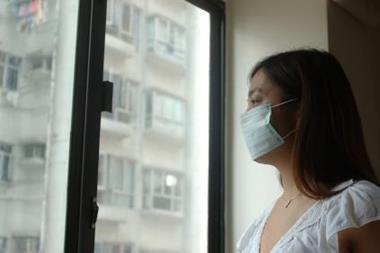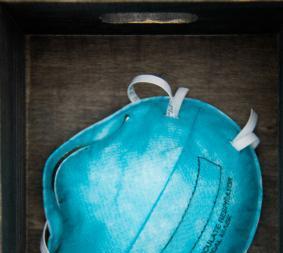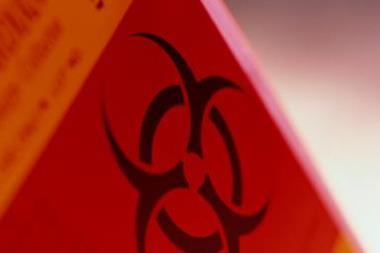Researchers say household antiviral measures and a reduction in contact between individuals could lower the spread of the disease
By using computer simulations and modeling, an international group of researchers have determined how a pandemic influenza outbreak might travel through a city like Chicago.
The researchers said the information would help to determine the preferred intervention strategy to contain a potential flu pandemic, including what people should do to decrease the likelihood of disease transmission.
The paper concluded that a timely implementation of targeted household antiviral prevention measures and a reduction in contact between individuals could substantially lower the spread of the disease until a vaccine was available.
The groups examined the impact of the same set of intervention strategies used during a pandemic outbreak in a population similar in size to Chicago, which has about 8.6m residents.
All of the simulations suggest that the combination of providing preemptive household antiviral treatments and minimizing contact could play a major role in reducing the spread of illness, with timely initiation and school closure serving as important factors.
“All of the simulations suggest that the combination of providing preemptive household antiviral treatments and minimizing contact could play a major role in reducing the spread of illness, with timely initiation and school closure serving as important factors.
The research team included scientists from the Virginia Bioinformatics Institute at Virginia Tech’s Network Dynamics and Simulation Science Laboratory
Professor and network dynamics and simulation science laboratory deputy director Stephen Eubank, who led the working group, said: ‘[Computer simulation models] provide a realistic picture of how social mixing patterns change under non-pharmaceutical interventions such as closing schools or workplaces. For example, when schools close young students require a caregiver’s attention. That can disrupt social mixing patterns at work if a working parent stays home or make closing schools pointless if the children are placed in large day-care settings. We can use our model to suggest the best mix of intervention strategies in a variety of scenarios, taking factors like these into account.’
The researchers emphasized that the models are tools that provide guidance rather than being fully predictive.
Jeremy M. Berg, director of the National Institute of Health’s National Institute of General Medical Sciences, which supported the program, said: ‘These models, which are built from the best available data and with the best tools, contribute greatly to our understanding of how a pandemic could spread and what measures might protect the public’s health. But they are not our only resource — field work and experimental studies remain critical and will enhance the quality and reliability of these and other models.”
The results are described in a paper published in the Proceedings of the National Academy of Sciences.



















No comments yet